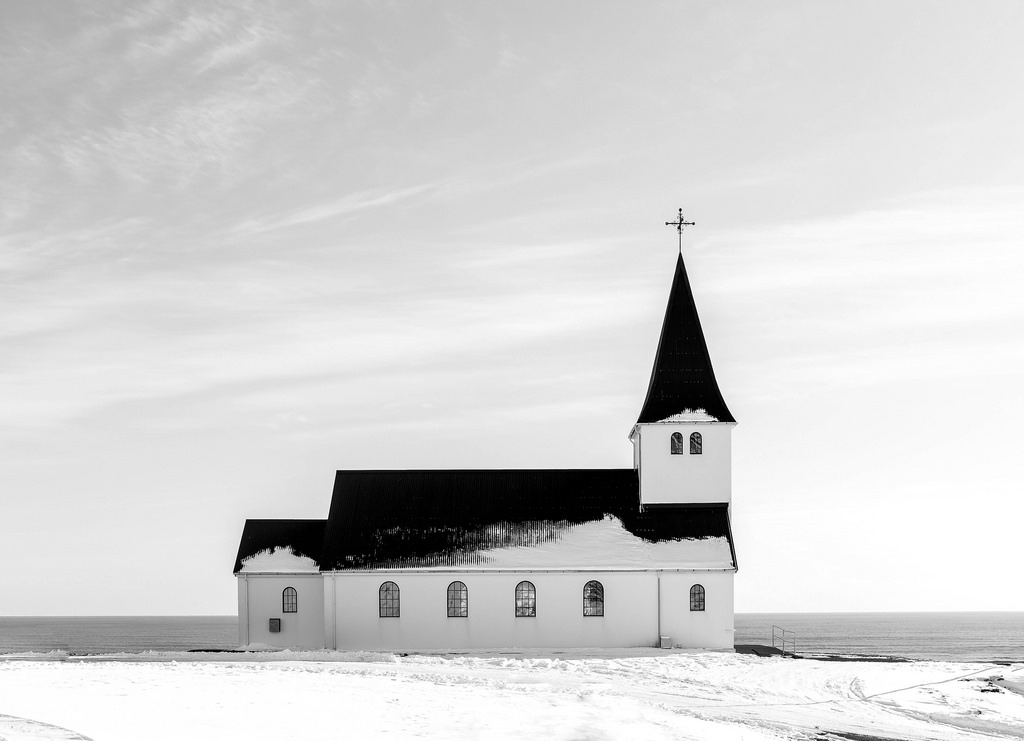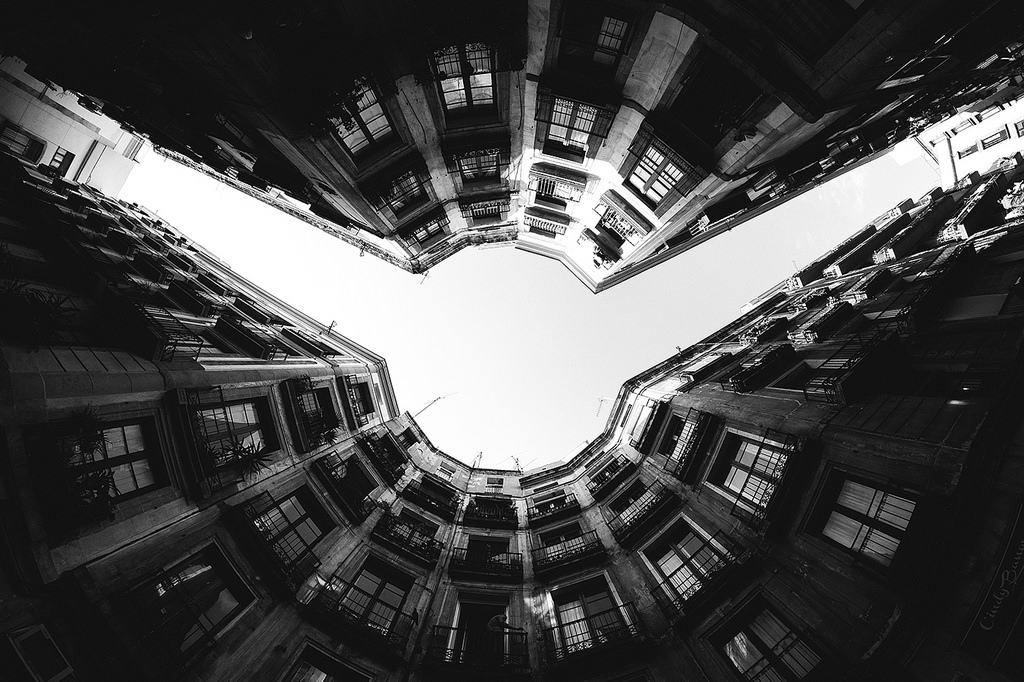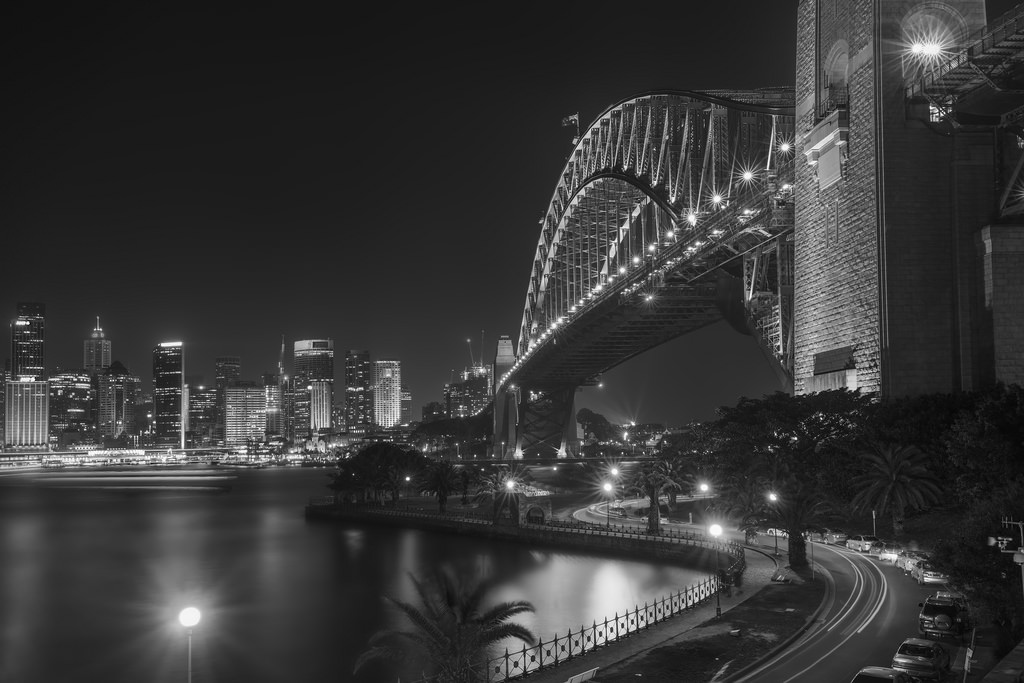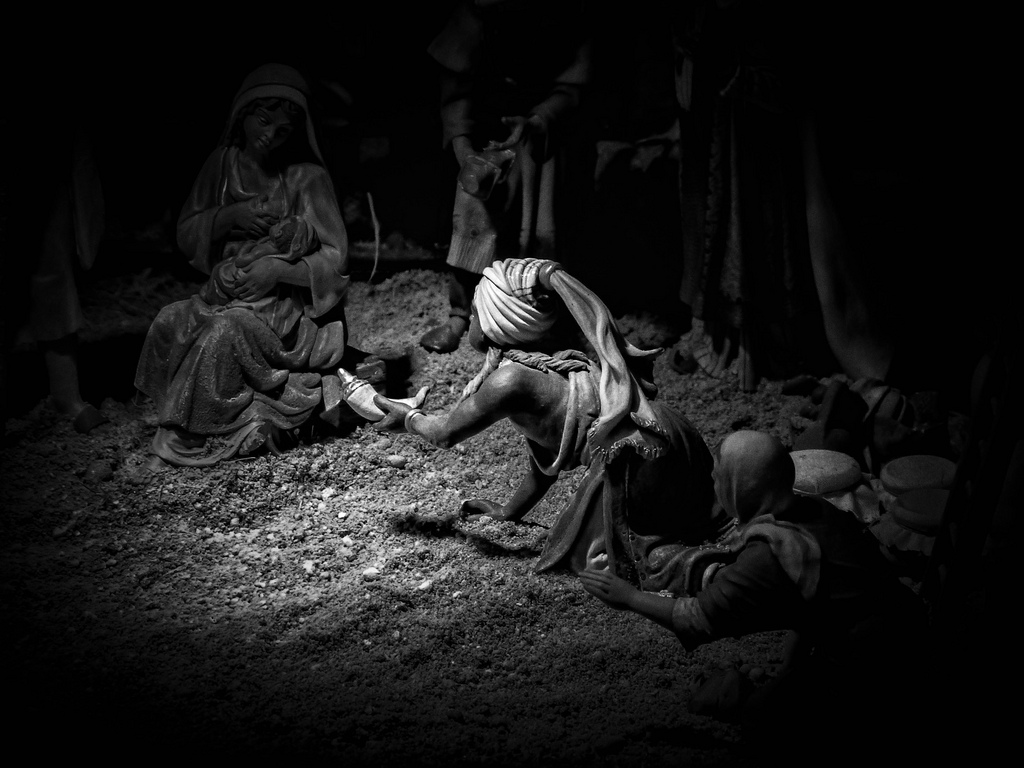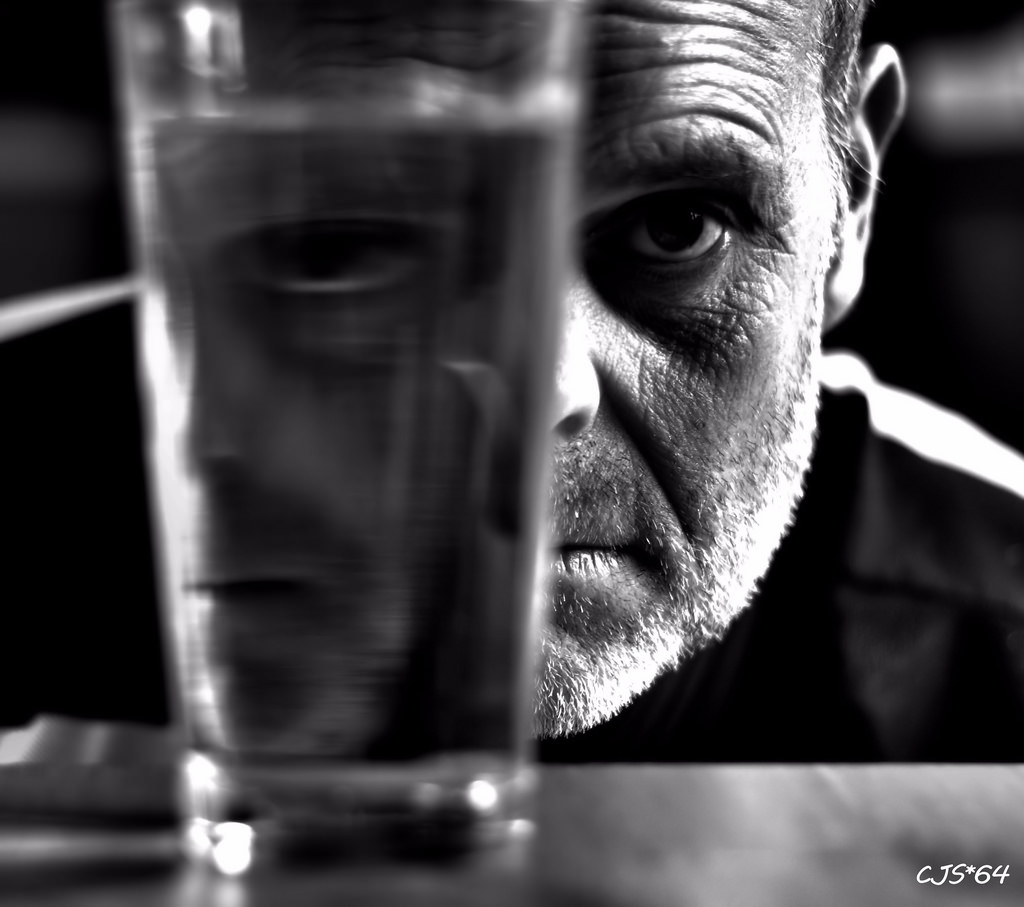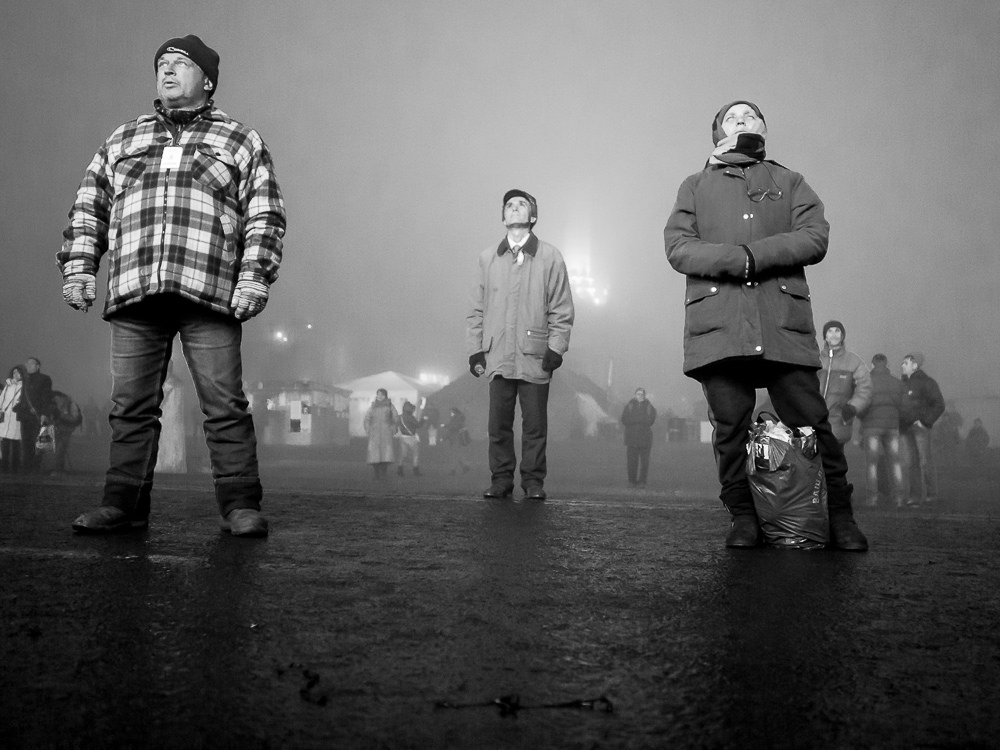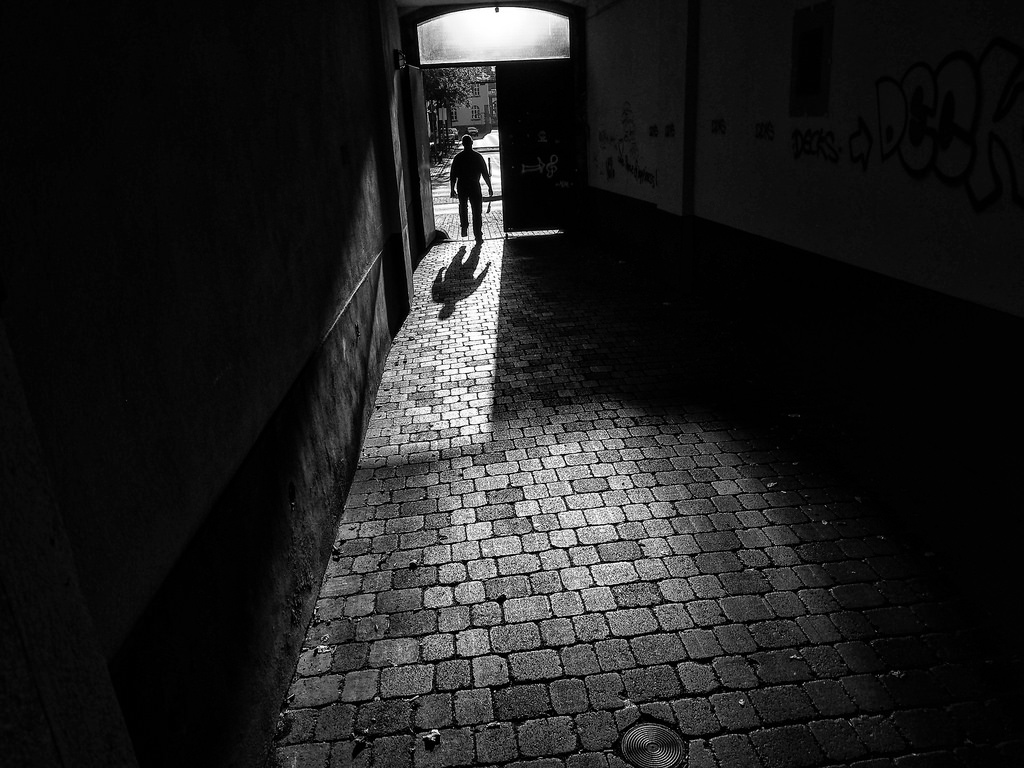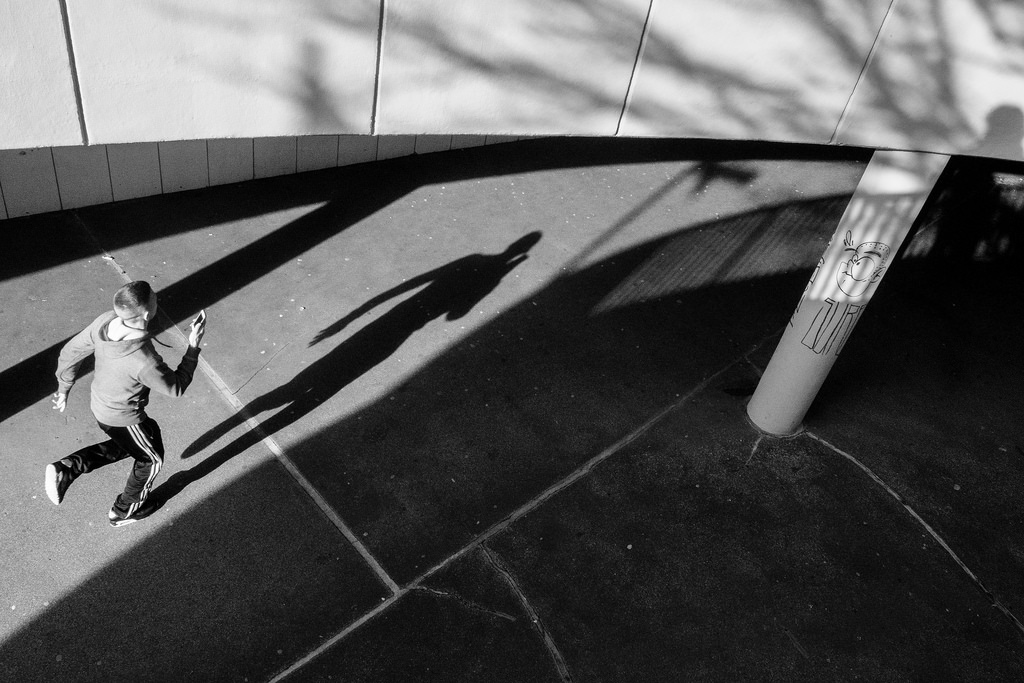Black and white photography has long been admired among the fine art world and has been a particular favorite of street photographers too. However, in modern times, it has begun to take the backseat to it’s more vibrant counterpart, color photography. That only makes sense given the advancements in technology. But that doesn’t mean black and white photography needs to fall to the wayside completely.
Check out these gorgeous black and white images and see if you can find any inspiration to capture a few of your own…
1. Black and White Photography is a Creative Choice
Master photographers, living and deceased, such as Ansel Adams, Cartier Bresson, David Bailey, Karsh, Sebastio Salgado, Albert Watson, Peter Lindbergh, Herb Ritts, Irving Penn, Daidō Moriyama, Sally Mann, Avedon see black & white not as a technical limitation but as a creative choice.
2. Shooting Black & White Photography is Very Different from Converting to Black & White
“Shooting in color and then wondering whether to convert the image employs a very different mindset from setting out and seeing the world in black and white, and then working within those confines,” writes David Geffin for Fstoppers. “Parameters of a world without color forces you to see things differently, to stretch and work out your photographic eye muscles, and that in turn pushes you creatively.”
3. Black & White Photography Eliminates the Distractions of Color

Creating a black and white image lets you focus on form, texture, shape, and composition
4. Black and White Adds the Timeless Look of Fine Art

Black and white adds a timeless, fine-art appeal to an image. Black & white transcends reality and transforms an image into a realm somewhere between the abstract and reality.
5. Simplicity Allows the Viewer to See the Forms and Tones
Black & white photography deconstructs a scene and reduces it to its forms and tones.
6. Subtle Shades of Gray Help Us Re-Focus on Composition
Distracting colors are recast as subtle shades of gray that add to a composition.
7. Black and White is Naturally More Dramatic and Moving

Many people find good black & white images with broad tonal ranges and deep, rich blacks to be very moving.
8. Experts Agree that Black and White has a Place in Today’s Photography
Photography masters agree that black & white images have a strong place in today’s photography. Experimenting with a restricted palette is easy to do and it allows you to look more deeply at your subjects.
9. Some Subjects are Best Revealed in Monotone
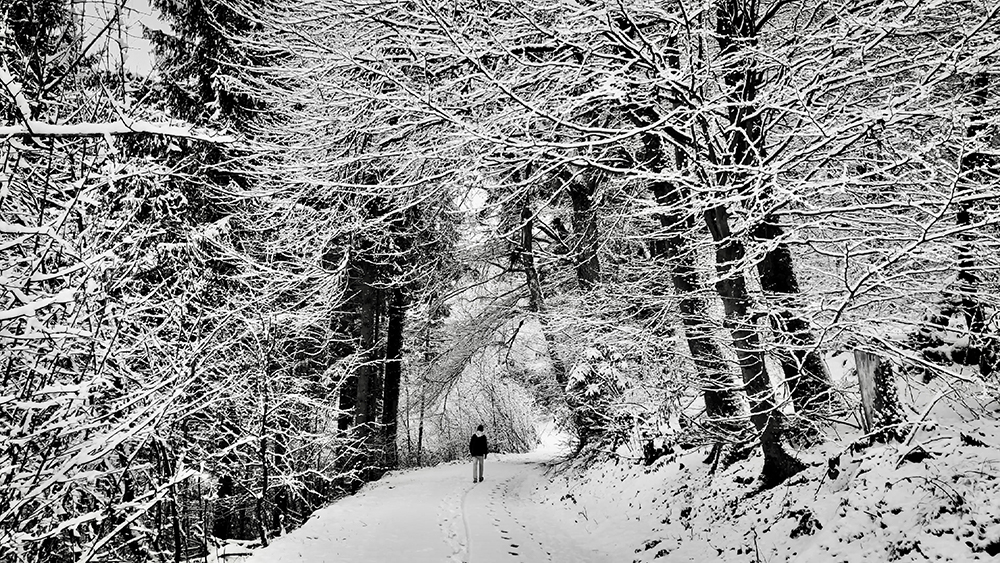
Some subjects are best revealed when we transform them into monochrome images. It is there that we see the drama of their lives. Our imaginations are free to explore the story.
10. Your Digital Darkroom Opens the Door to Many Variations
Ansel Adams is recalled as a high-art photographer. But black & white photographic art is not a lost era. The tools have changed, but the sense of craft remains. Your digital darkroom makes black-and-white photography more accessible while still allowing you to craft the image.
11. Adobe Photoshop and Lightroom Allow Many Editing Options

If you did not think to shoot in black & white, Adobe Photoshop, Lightroom and Camera Raw are great tools for black & white conversions. The dramatic results can be surprising. You produce black-and-white photos with deep tones and rich contrast in minutes. You can focus your efforts on locating the essential image to tell your story.
12. Use RAW Format to Allow for Editing Options Later
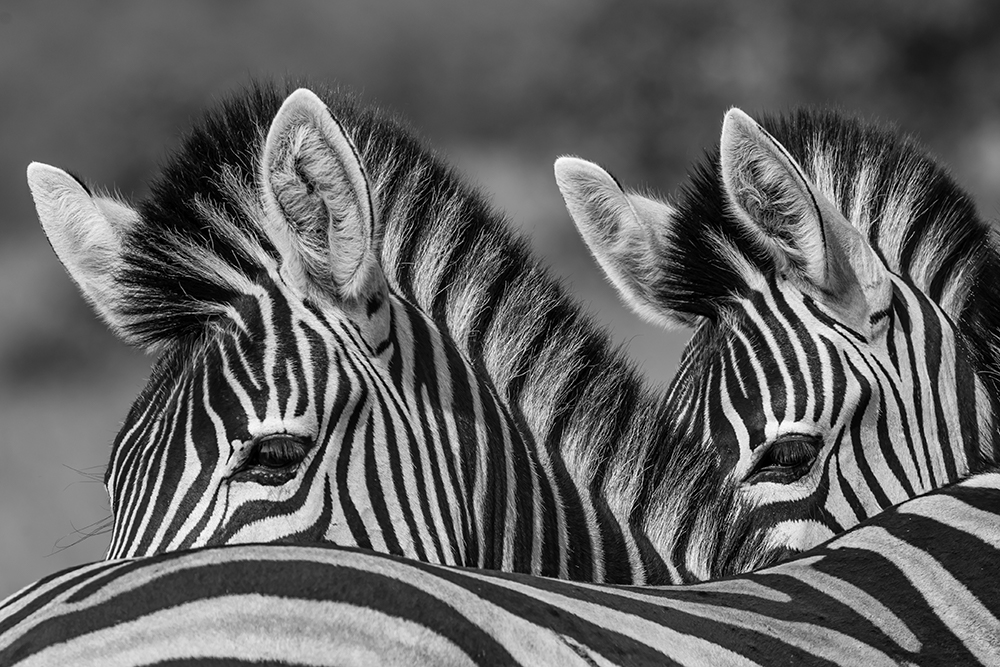
RAW technology releases you from making decisions at the time of capture. Your RAW converters allow you to decide after the shoot if we want a neutral or high-contrast look. Plus, you can create many black-and-white versions of the same file. Try warm- and cool-toned versions or use presets and actions to emulate various types of film. The nice thing about working in RAW is that you maintain the integrity of the original image. Reset whenever you want. It is easier than ever to experiment.
13. Composition, Texture and Form Rule in Black and White Photography
The most compelling argument for shooting black & white today is that it allows photographers to explore the basics of composition, texture, and form. With black-and-white, we consider contrasting light, simple negative spaces, textures, lines, and shapes. This helps to expand our understanding of what we are shooting and what we see.
14. Seeing the Image Differently When You Look in Black and White
It’s easy to understand how black and white photography reveals different things to the viewer. It is important to develop and use the ability to see in black & white to your advantage. Use it to expand your aptitude for seeing the potential of an image. Color is the most obvious element of composition, but shape, line, and texture can separate a good photo from an amazing one. Practice thinking in black & white to train your eye to spot the full potential of an image.
15. Slow It Down When You Are Considering Black and White Photography
When you shoot in color and plan to convert to black & white later on your computer, consider things that will impact your shot. Think about the image you plan to create. Is your subject properly lit to achieve the end result? Where is your light coming from? How would you like to see the light and shadow transitions? Be purposeful in your composition. Where would you like to see detail? Be sure your exposure is capturing what you envision. Then you can bring your color photos into Photoshop and use our actions to convert or into Lightroom and use our presets for conversion.
16. Watch Classic Black and White Movies to Understand the Potential
Watch old movies to get a feel for lighting. Old filmmakers had no choice but to use light and shadow to tell their story. Lighting can project mystery, death, love, hate, jealousy, and more.
17. Use Contrast to Make Black and White Stand Out
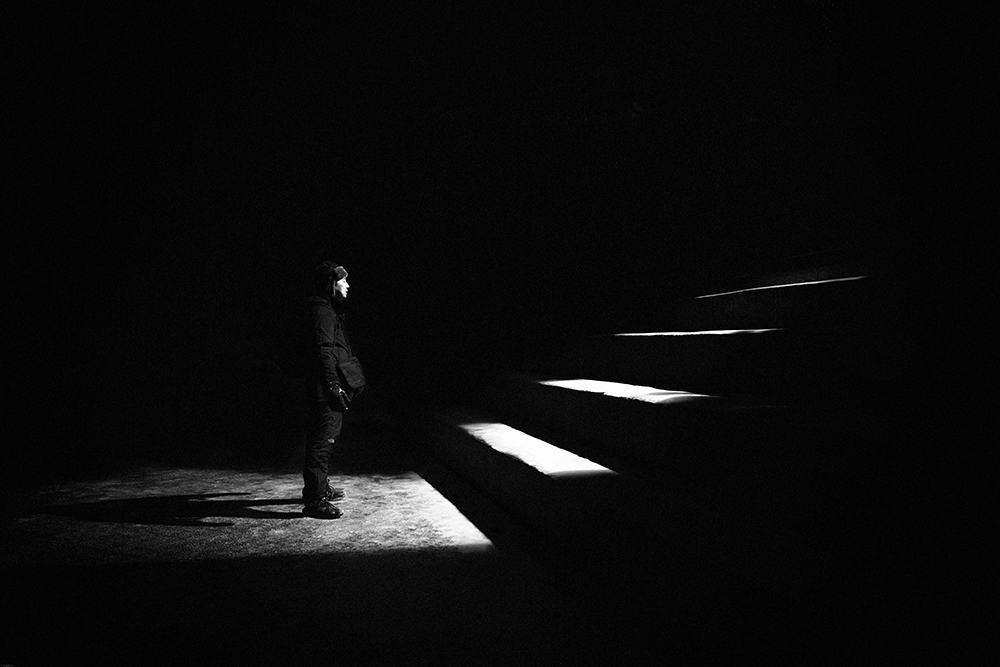
Black & white photography is a high-contrast medium. Lots of contrast is often discouraged in color photography. In the days of film, photographers would attach a red filter to increase the contrast. Consider contrast when shooting for black & white to get more impact from your image.
18. Use Strong Blacks to Make White Brighter
When you make darks deeper, the mind assumes the other elements are brighter even when they are not. Be sure some elements reflect light. This will make the final image stand out.
19. Use Graphic Elements to Create More Drama
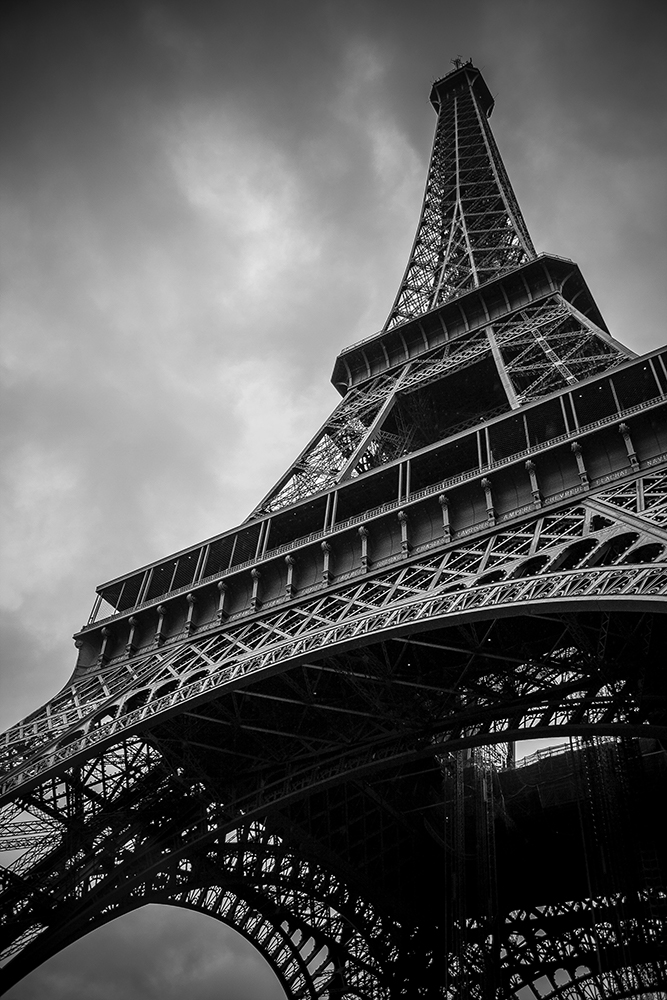
Photo by Jorge Gascon, Unsplash.
Consider everything you have learned about composition. Vanishing lines help draw the eye into the image. When included in a black and white photo, they can create a visually powerful image.
20. Beware of Muddy Images in Black and White Photography
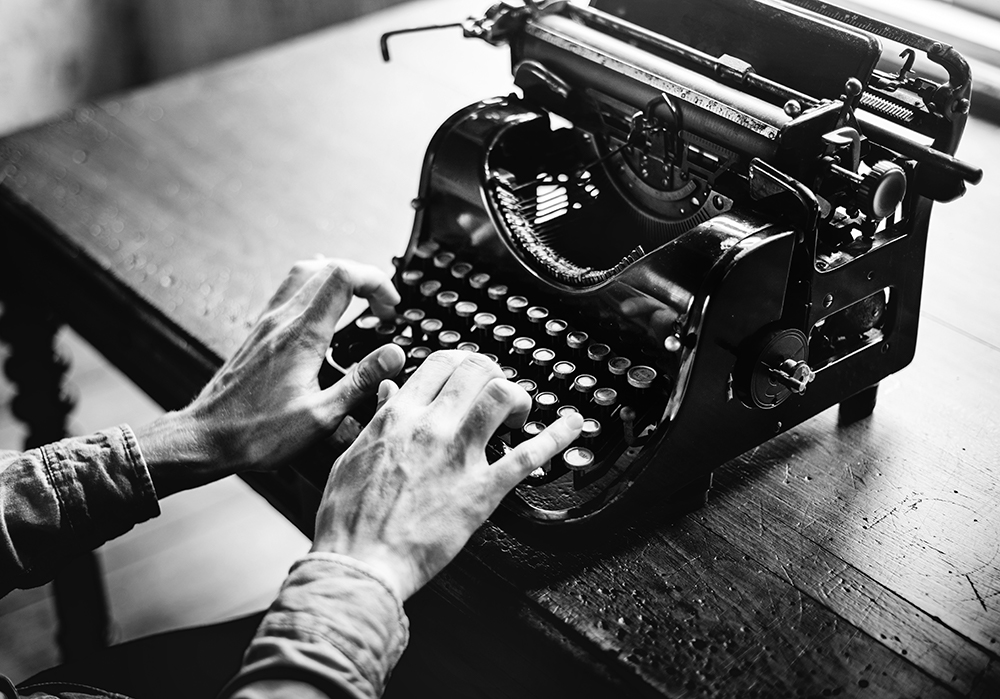
It is important to use clean white and clean black as a starting point in planning, capturing and finishing your black & white photo. Otherwise, you will end up with a muddy image. Many shades of gray will take away from the story you are trying to tell.
In the end, small subtleties create big drama. When working in Photoshop or Lightroom, considering a slight darkening of a cloud to make the one next to it brighter. Use curves and the brush. Try adjusting levels to deepen some of your blacks. Lighten a God beam, or darken the shadows. Fine tuning can create beautiful results.
